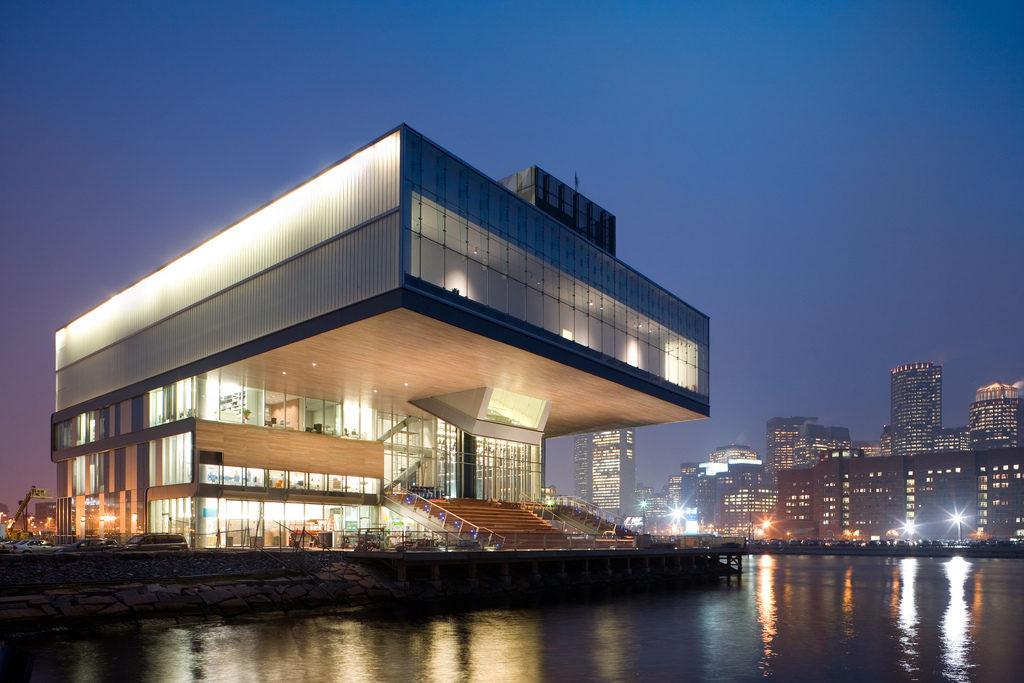By Olivia Oriaku, news correspondent
The new exhibit at the Institute of Contemporary Art (ICA), titled “Mark Dion: Misadventures of a 21st-Century Naturalist,” featured pieces by celebrated artist Mark Dion, who is best known for bridging the gap between humans and the natural world through art.
Northeastern University Center for the Arts partnered with the ICA in organizing a symposium in conjunction with the Mark Dion exhibit. The symposium, called “Artifacts of the Future: Artists’ Interventions in the Environment,” will be held on Oct. 12 at the New Bedford Whaling Museum in Dion’s hometown, and will continue on Oct. 13 at the ICA, where a group of six artists will present and discuss their work.
Sarah Kanouse, an associate professor of interdisciplinary arts at Northeastern, discussed how the university came to participate in the symposium.
“I’ve taught Mark’s work for many years in my classes, and when the director for the Center for the Arts knew this event was happening, she connected me with Ruth Erickson, who was organizing the exhibit,” Kanouse said. “From there, we began talking about how to get Northeastern and its students involved in the opportunity.”
Ruth Erickson, associate curator at the ICA, explained the importance of the event in bringing together a group of artists and practitioners who are influenced by Dion’s work.
“One of the goals of the symposium was to recognize Mark as a teacher,” Erickson said. “For instance, one of the artists presenting in the symposium is also one of Mark’s students.”
Dion’s practices of fieldwork, excavation, collection and cultivation have inspired the work of many artists, and these practices have shaped our understanding of the natural world, Kanouse said.
In Dion’s piece, “Cabinet of Marine Debris,” featured in the exhibit, he showcased debris he found while on an expedition where he, along with other artists and scientists, studied a garbage patch in the Pacific Ocean. On the expedition, Dion began collecting samples of debris, such as bottle caps, which he later assembled into aesthetic categories and typologies to be displayed in a cabinet, said Erickson.
“Mark relates the cabinets in his exhibition to the ‘wunderkammer,’ also known as ‘cabinets of curiosity,’ which are what early European collectors exploring new parts of the world used to display objects they found of importance,” Erickson said.
The “wunderkammer” is a theme that runs throughout Dion’s work, and it is foundational to the museum, as the earliest museums were cabinets of curiosity, Erickson said. She also said it is foundational to science, as early philosophers began to come up with systems to study the natural world through organizing their collectives in these cabinets.
David Cohn, a graduate student in the interdisciplinary arts program at Northeastern, said he realized the importance of Dion implementing these curiosity cabinets.
“He is experimenting with some old formats of displaying art, like the ‘wunderkammer,’ but is sort of at the same time critiquing some aspects of contemporary culture,” Cohn said.
In “Cabinet of Marine Debris,” Dion is bringing to light, as earlier explorers did, objects that are significant to him and he believes will artistically express the ways in which humans can live in the natural world, Erickson said.
Erickson also said that in the piece and in much of Dion’s work, he is able to strike a tone that is between the poignant and the ironic, as his work is laced with irony and political critiques.
“There’s humor in the wonder, (in the exhibit) being a few set of plastic bottle caps that are displayed in ‘The Cabinet of Marine Debris,’” Erickson said.
Another key theme in Dion’s work is observing the way in which humans and animals relate. In his piece “The Library for the Birds of New York/The Library for the Birds of Massachusetts,” Dion builds a library intended for birds, filled with books about ornithology, hunting and how to avoid cats.
“It’s this whole tree of knowledge that’s assembled for the birds, but of course it’s a preposterous and humorous idea because the birds ignore the books and just end up going about their normal behavior of nesting and eating amongst the library,” Erickson said. “There’s kind of this juxtaposition between human knowledge about animals and their knowledge.”
Erickson gave insight into how Dion’s work allows for us to think about the natural world and realize that society is actively shaping and changing nature all the time.
“Mark is an artist that has really thought so much about the environment and how it’s something that is not separate from human culture but is so deeply intertwined with it,” Erickson said.









